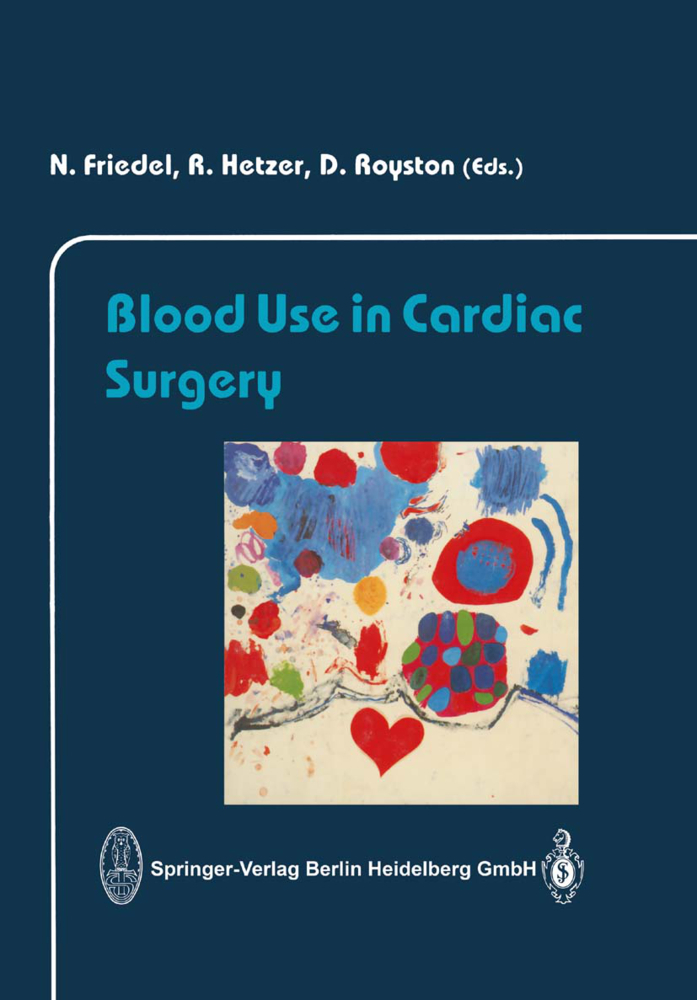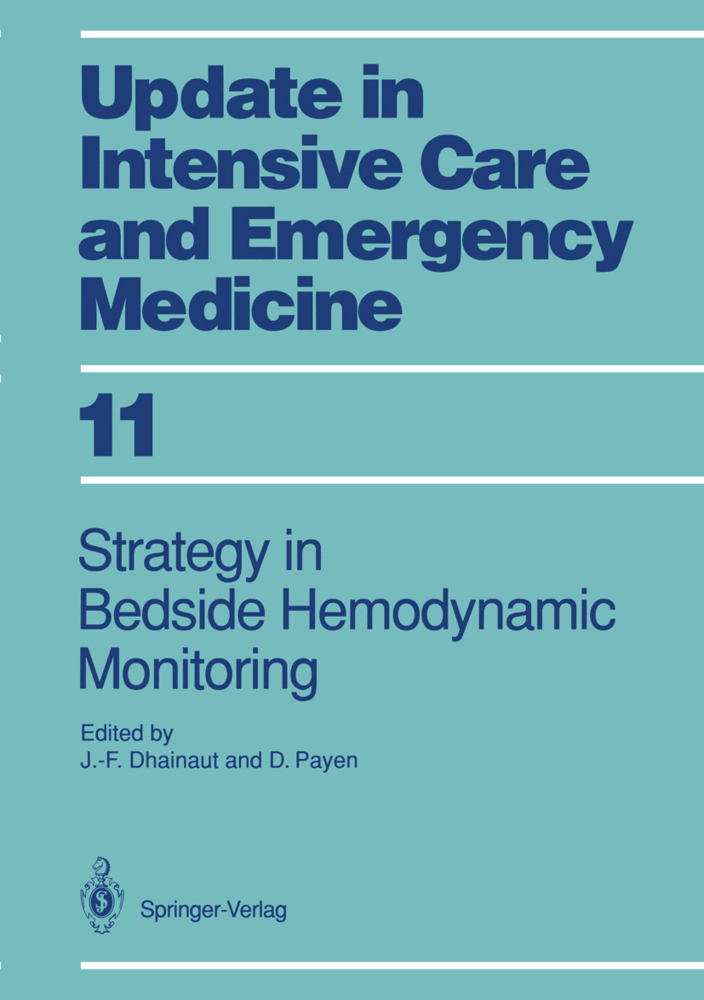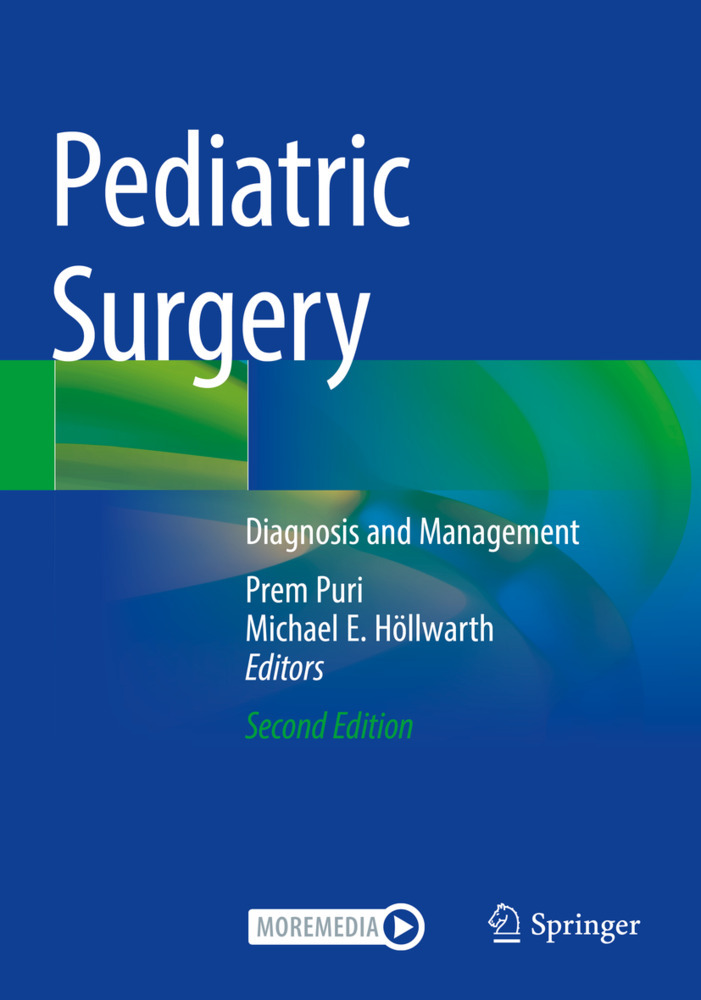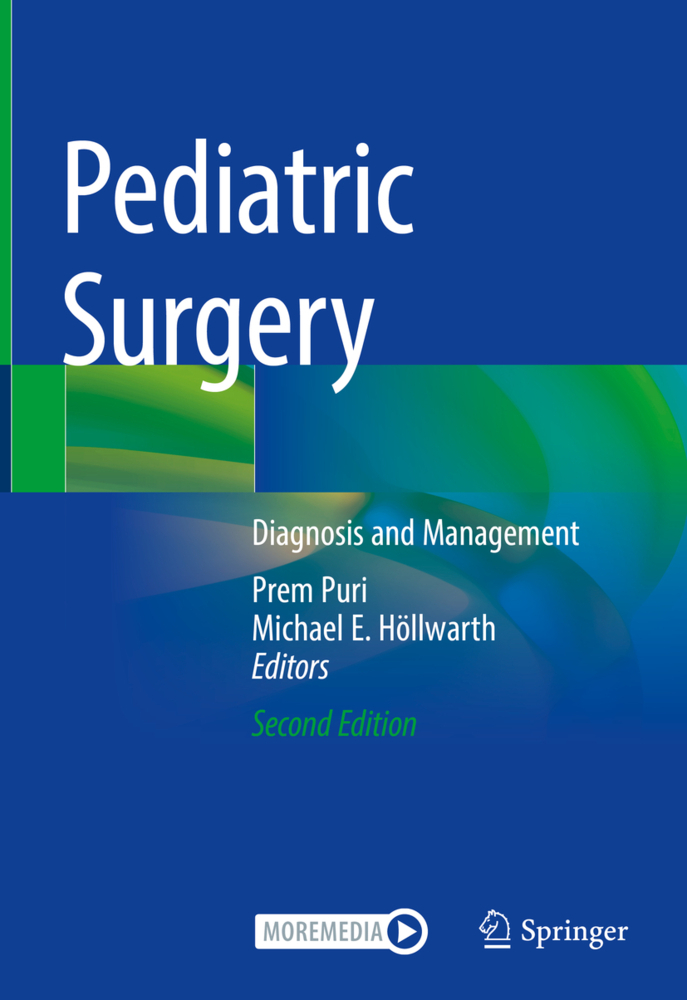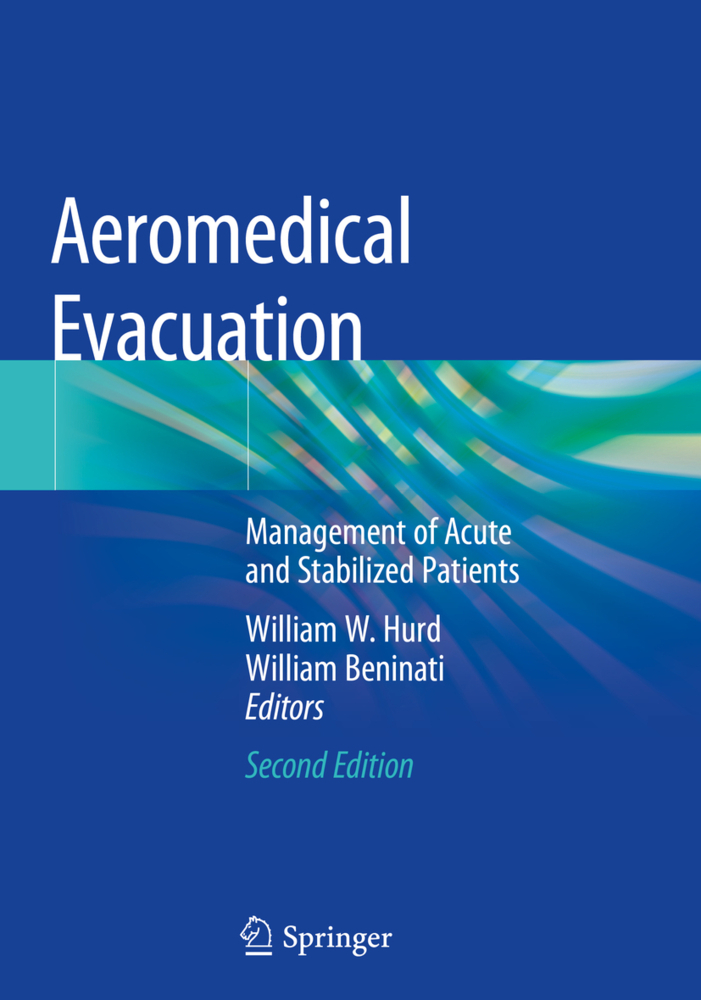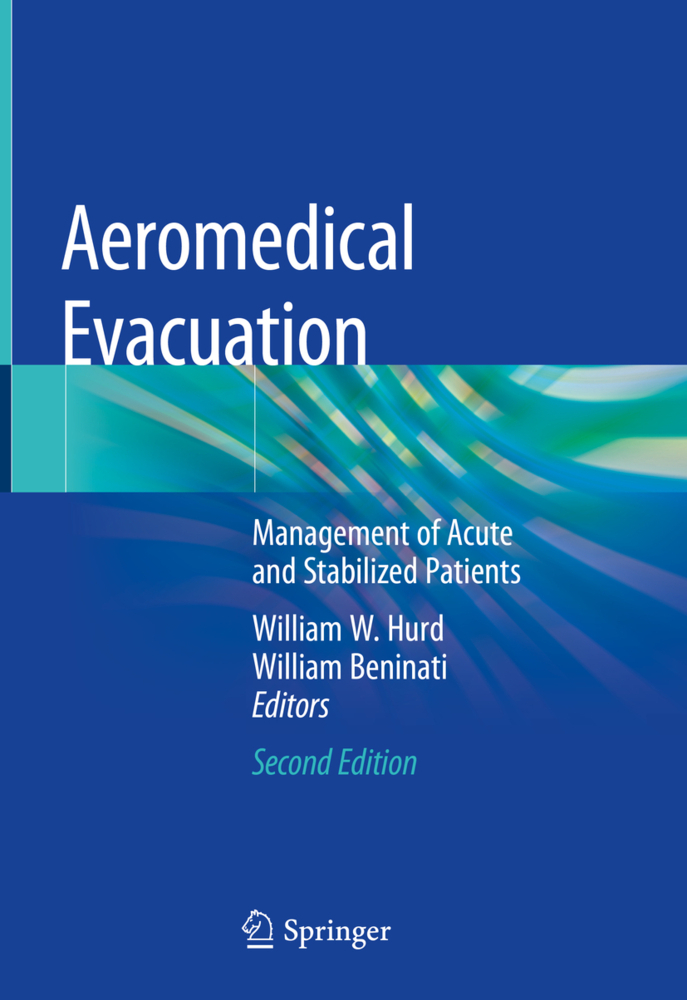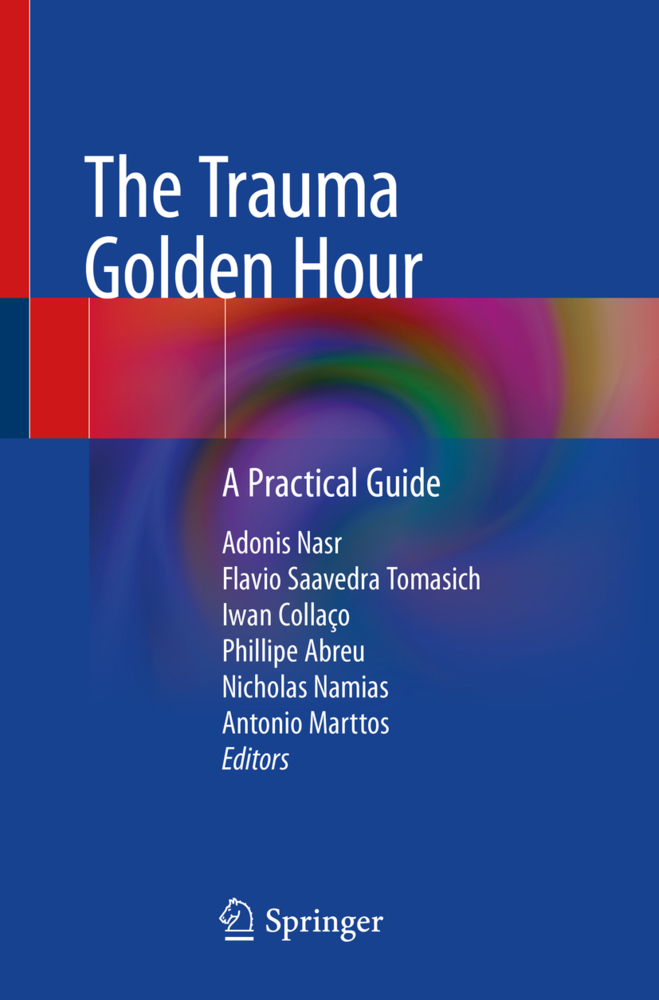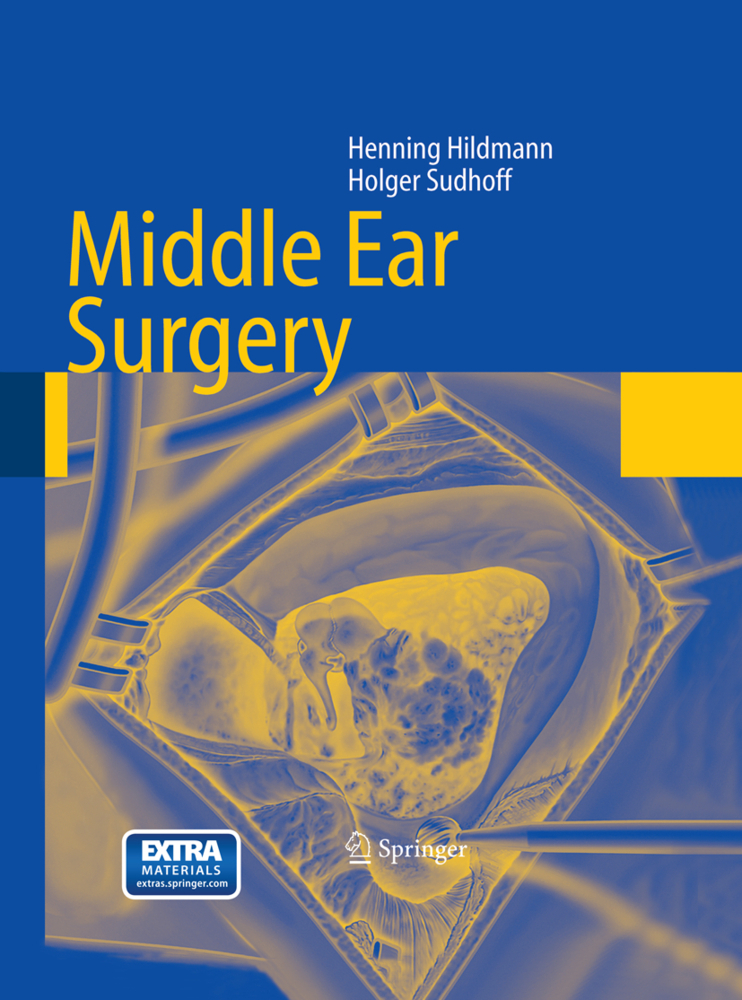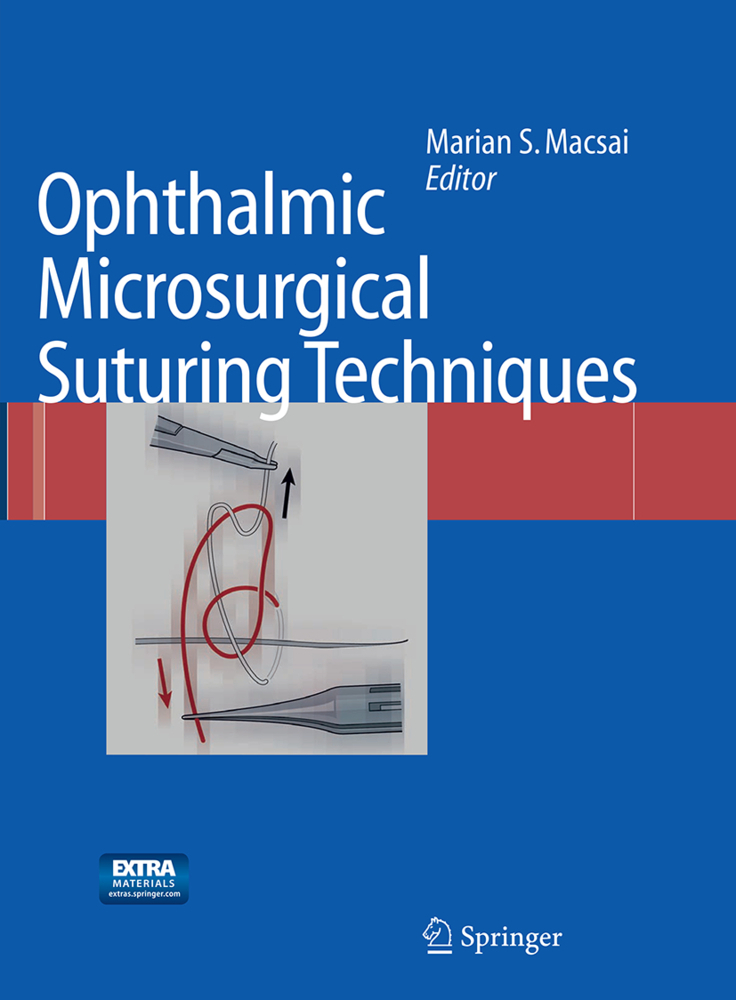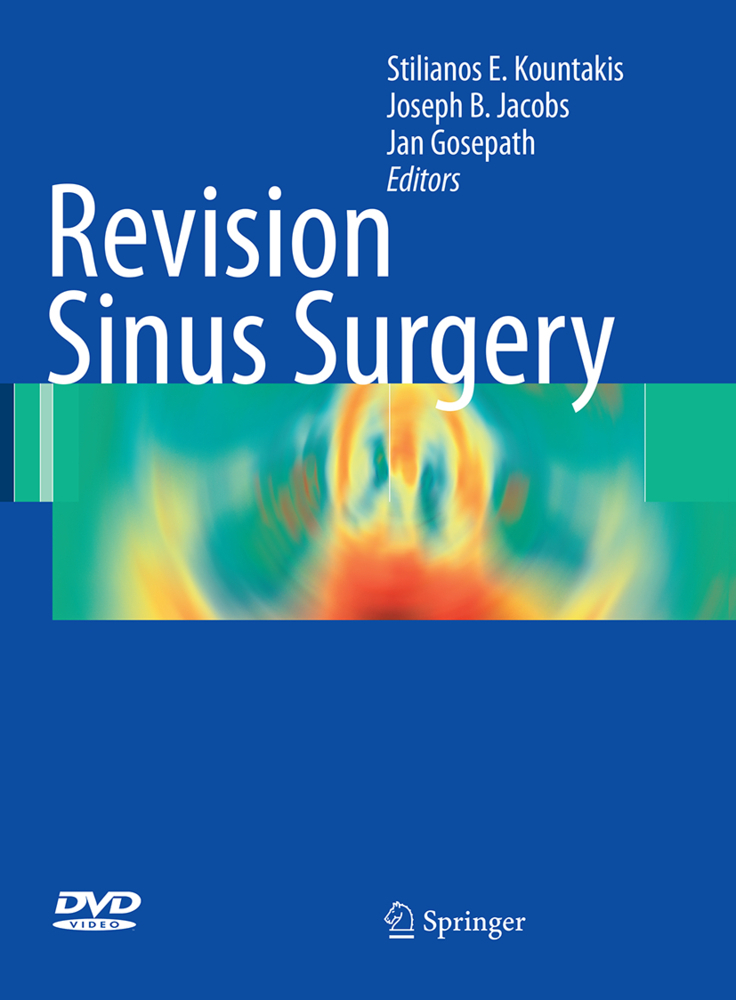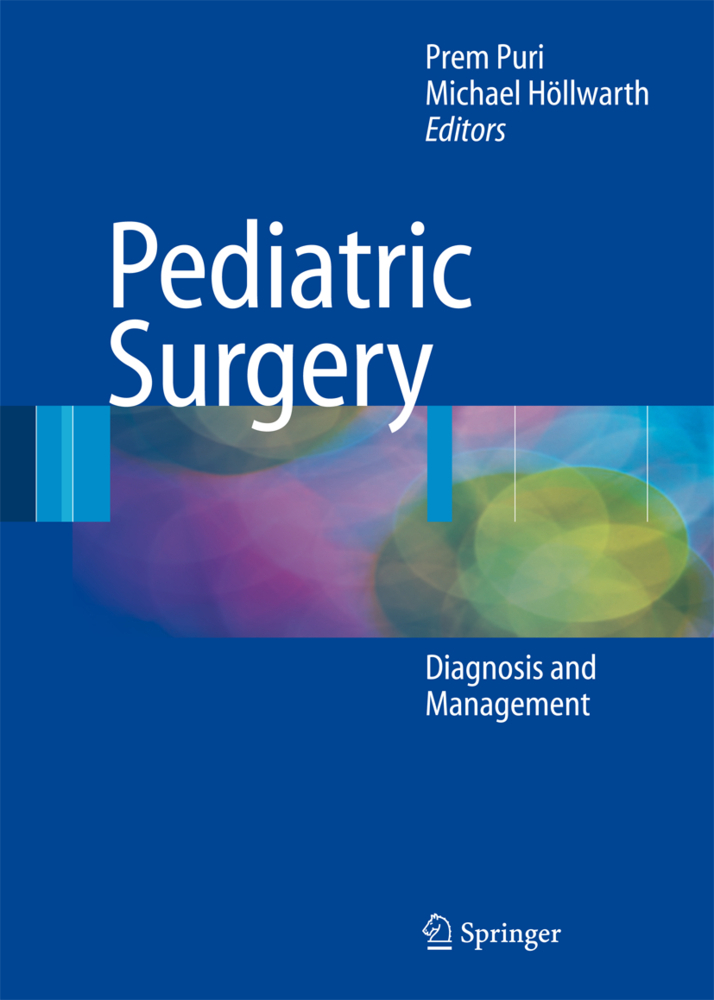Blood Use in Cardiac Surgery
Blood Use in Cardiac Surgery
Cardiac surgery has developed dramatically since the first open-he art operations were performed in the mid 1950s. Although the improvement of surgical technique, extracorporeal circulation, and postoperative management has contributed to a marked reduction of morbidity and mortality, the development of cardiac surgery to its present state would not have been possible without blood substitution by homologous donor blood. Only 20 years ago, open-heart operations required an average of 8 units of blood preserves. The excessive need of donor blood in those early days was mainly due to premature surgical technique, insecure control of anticoagulation, severe blood trauma by extracorporeal circulation, and the lack of retransfusion technologies that would have allowed the reuse of shed mediastinal blood. The introduction of new technologies, such as normovolemic hemodilution, in traoperative autotransfusion, postoperative return of shed mediastinal blood, and predonation of autologous blood has greatly reduced donor blood requirements. At present the majority of routine coronary artery surgical procedures can be performed without any blood transfusion. Blood loss, however, may be considerable in patients undergoing complex valve surgery or reoperations, as they often require several units of transfused blood. Blood conservation has now become an area of major interest for the cardiac surgeon. This increased concern is caused by infectious complications of blood transfusion, in particular hepatitis and, more recently, AIDS.
Pathomechanisms of Defective Hemostasis During and After Extracorporeal Circulation: Contact Phase Activation
Pathomechanism of Defective Hemostasis During and After Extracorporeal Circulation: The Role of Platelets
Blood-Surface Interaction During Cardiopulmonary Bypass
A Clinical Study on Platelet Preservation in Coronary Artery Bypass Surgery During Cardiopulmonary Bypass without Oxygenator
The Effect of Aprotinin on Platelet Function and Coagulation In Vitro
Clinical Impact of Reduced Blood Cell Deformability During Cardiopulmonary Bypass
Diagnostic Value of Hemostatic Parameters for Prediction of Complications in Patients Undergoing Aorto-Coronary Bypass Grafting
Summary of Lectures, Posters and Discussion: Pathomechanism
II. Epidemiology - The Size of the Clinical Problem
Homologous Blood Use in Cardiac Surgery
Blood Use in Cardiac Surgery - A Transfusionist's Viewpoint
Current Risks of Blood Transfusion
Blood Use in Adult Cardiac Surgery - Extrapolations from the Carola data base
Evolution of Requirements to Replace Blood and Plasma in Cardiac Surgery
AIDS and Surgery: On the Need to Reduce the Risks of HIV Infection
Epidemiology - Screening for Infectious Diseases Transmitted Through Blood and Blood Products
III: Non-Pharmacological Methods for the Reduction of Blood Use in Cardiac Surgery
Autologous Blood Predonation
Resuscitation Fluids for the Treatment of Hemorrhagic Shock in Dogs: The Effects on Myocardial Blood Flow
Reduction of Blood Use in Cardiac Surgery by Topical Hemostasis Using Fibrin Sealant
Retransfusion of Postoperative Drainage Blood
Bacteriological Methods to Monitor the Quality ofIntraoperative Autotransfusion
Blood Salvage in Cardiac Surgery: Comparative Analysis of Three Procedures
Inflammatory Response Due to Cell-Saver in Cardiac Surgery
Open-Heart Surgery in Jehovahs Witnesses
Autologous Blood Transfusion in Cardiac Surgery - 15-Year Experience
Preoperative Autologous Blood Donation to Minimize Homologous Blood Transfusions
Use of Predonated Autologous Blood in Cardiac Surgery
Blood Use Reduction by Predonation - How Effective is It?
Autologous Blood Transfusion in Cardiac Surgery
Intraoperative Blood Conservation Using Cell-Saver
Intraoperative Autotransfusion
Cardiac Surgery in Jehovah's Witnesses: An Experience of 62 Cases
Reduction of Homologous Blood Requirement During Myocardial Revascularization - Comparison of Four Different Techniques
IV. Pharmacological Methods for the Reduction of Blood Use in Cardiac Surgery
Platelet Dysfunction after Coronary Artery Bypass Surgery
Clinical Effectiveness of Aprotinin in Heart Surgery
Safety and Risk/Benefit Assessment of Aprotinin in Primary CABG
Investigation on the Mechanisms of Action of Aprotinin in Cardiac Surgery
High-dose Aprotinin Reduces Bleeding in Patients Taking Aspirin at the Time of Aorto-Coronary Bypass Surgery
Preserved Hemostasis During the Combined Use of Aprotinin and Aspirin in CABG Operations
ACT and Aprotinin
Aprotinin: Effect on "Re-Do" Surgery
The Edinburgh Experience - Low-dose Trasylol
Reduction of Blood Use by Aprotinin After Heart-Transplantation
Blood Damage and Activation in Cardiopulmonary Bypass
V. Panel Discussion
Changing Concepts of Blood Use in Cardiac Surgery.
I. Pathomechanism of Defective Hemostasis During and After Extracorporeal Circulation
FibrinolysisPathomechanisms of Defective Hemostasis During and After Extracorporeal Circulation: Contact Phase Activation
Pathomechanism of Defective Hemostasis During and After Extracorporeal Circulation: The Role of Platelets
Blood-Surface Interaction During Cardiopulmonary Bypass
A Clinical Study on Platelet Preservation in Coronary Artery Bypass Surgery During Cardiopulmonary Bypass without Oxygenator
The Effect of Aprotinin on Platelet Function and Coagulation In Vitro
Clinical Impact of Reduced Blood Cell Deformability During Cardiopulmonary Bypass
Diagnostic Value of Hemostatic Parameters for Prediction of Complications in Patients Undergoing Aorto-Coronary Bypass Grafting
Summary of Lectures, Posters and Discussion: Pathomechanism
II. Epidemiology - The Size of the Clinical Problem
Homologous Blood Use in Cardiac Surgery
Blood Use in Cardiac Surgery - A Transfusionist's Viewpoint
Current Risks of Blood Transfusion
Blood Use in Adult Cardiac Surgery - Extrapolations from the Carola data base
Evolution of Requirements to Replace Blood and Plasma in Cardiac Surgery
AIDS and Surgery: On the Need to Reduce the Risks of HIV Infection
Epidemiology - Screening for Infectious Diseases Transmitted Through Blood and Blood Products
III: Non-Pharmacological Methods for the Reduction of Blood Use in Cardiac Surgery
Autologous Blood Predonation
Resuscitation Fluids for the Treatment of Hemorrhagic Shock in Dogs: The Effects on Myocardial Blood Flow
Reduction of Blood Use in Cardiac Surgery by Topical Hemostasis Using Fibrin Sealant
Retransfusion of Postoperative Drainage Blood
Bacteriological Methods to Monitor the Quality ofIntraoperative Autotransfusion
Blood Salvage in Cardiac Surgery: Comparative Analysis of Three Procedures
Inflammatory Response Due to Cell-Saver in Cardiac Surgery
Open-Heart Surgery in Jehovahs Witnesses
Autologous Blood Transfusion in Cardiac Surgery - 15-Year Experience
Preoperative Autologous Blood Donation to Minimize Homologous Blood Transfusions
Use of Predonated Autologous Blood in Cardiac Surgery
Blood Use Reduction by Predonation - How Effective is It?
Autologous Blood Transfusion in Cardiac Surgery
Intraoperative Blood Conservation Using Cell-Saver
Intraoperative Autotransfusion
Cardiac Surgery in Jehovah's Witnesses: An Experience of 62 Cases
Reduction of Homologous Blood Requirement During Myocardial Revascularization - Comparison of Four Different Techniques
IV. Pharmacological Methods for the Reduction of Blood Use in Cardiac Surgery
Platelet Dysfunction after Coronary Artery Bypass Surgery
Clinical Effectiveness of Aprotinin in Heart Surgery
Safety and Risk/Benefit Assessment of Aprotinin in Primary CABG
Investigation on the Mechanisms of Action of Aprotinin in Cardiac Surgery
High-dose Aprotinin Reduces Bleeding in Patients Taking Aspirin at the Time of Aorto-Coronary Bypass Surgery
Preserved Hemostasis During the Combined Use of Aprotinin and Aspirin in CABG Operations
ACT and Aprotinin
Aprotinin: Effect on "Re-Do" Surgery
The Edinburgh Experience - Low-dose Trasylol
Reduction of Blood Use by Aprotinin After Heart-Transplantation
Blood Damage and Activation in Cardiopulmonary Bypass
V. Panel Discussion
Changing Concepts of Blood Use in Cardiac Surgery.
Friedel, N.
Hetzer, R.
Royston, D.
| ISBN | 9783662061213 |
|---|---|
| Medientyp | Buch |
| Copyrightjahr | 2013 |
| Verlag | Steinkopff |
| Umfang | 286 Seiten |
| Sprache | Englisch |

